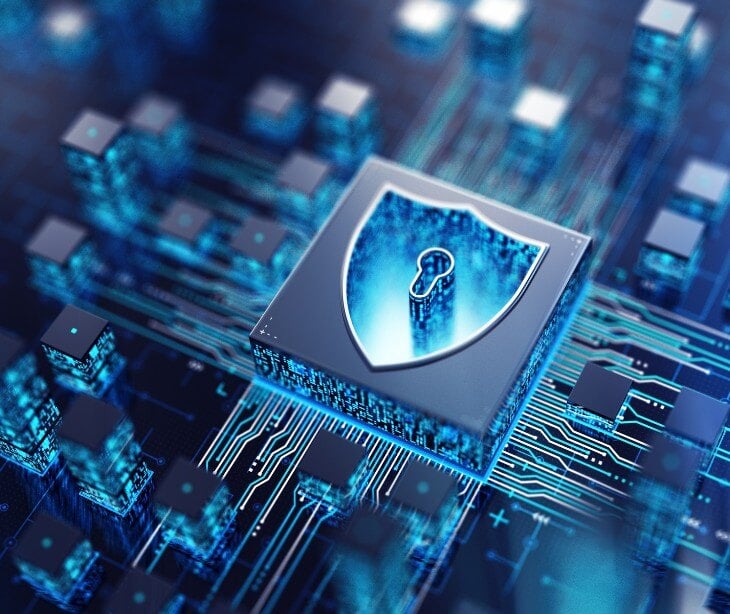
Cybercriminals use legitimate system administration tools and built-in operating system features to conduct attacks, a technique known as "Living off the Land." According to the Health Sector Cybersecurity Coordination Center (HC3) LOTL attacks are cyberattacks where intruders use legitimate software and functions already available in the system to perform malicious actions, rather than introducing new malware.
This approach helps attackers evade detection by blending malicious activities with normal system operations, making it particularly challenging for healthcare organizations to identify and prevent these threats.
The evolution of tool weaponization
Traditional security measures focus on identifying and blocking malicious software. However, modern attackers have adapted by using trusted system tools like PowerShell, Metasploit Framework, Mimikatz, Nmap, CobaltStrike, and Wireshark to carry out attacks. These tools, necessary for system administration, become powerful weapons in the hands of skilled attackers.
Powershell-based attacks
According to the HC3 document, attackers leverage this cross-platform task automation solution to bypass traditional security measures and execute malicious code. What makes PowerShell-based attacks particularly dangerous is their ability to operate under the guise of legitimate administrative activities. Attackers can use PowerShell scripts to steal credentials, download additional malware, and spread throughout a network, all while evading traditional antivirus detection. This evasion becomes even more effective when attackers gain administrative privileges, as their malicious activities become virtually indistinguishable from routine system administration tasks. The tool's versatility—running on Windows, Linux, and macOS—combined with its powerful scripting capabilities, makes it an ideal choice for attackers seeking to maintain persistent access while appearing legitimate.
Impact on healthcare organizations
Healthcare organizations face particular challenges with LOTL attacks due to their complex and decentralized environments with numerous interconnected systems. Due to limited resources and budget constraints, many healthcare organizations rely on outdated software, as it is difficult and costly to keep up with constant updates and patches required to secure their systems effectively. The increasing digitization and interconnectivity of medical devices brings new avenues for attack, further increasing the risk to healthcare systems. A real-world example occurred in 2020, when a ransomware group known as NetWalker utilized LOTL to target a California healthcare institute, encrypting critical files and demanding a ransom payment. The attack disrupted the healthcare entity's medical services, forcing them to divert patients to other hospitals and causing delays in critical treatments.
Detection challenges
Security teams cannot simply block administrative tools since they're required for daily operations. Instead, they must find ways to distinguish between legitimate use and malicious activity. This requires careful monitoring of how and when these tools are used, while ensuring normal IT operations can continue uninterrupted. For example, PowerShell activities during non-business hours or remote access from unexpected locations might indicate compromise.
Identification and mitigation strategies
The Cybersecurity and Infrastructure Security Agency (CISA) suggests the following identification and mitigation strategies for LOTL:
Identification strategies
- Comprehensive logging: Implement detailed logging systems that capture and store security events, command-line activities, and PowerShell usage in a centralized, secure location where adversaries cannot tamper with them. This enables behavior analytics, anomaly detection, and proactive threat hunting while maintaining longer log histories.
- Network monitoring: Track network traffic patterns, blocked access attempts, and unusual behaviors through network segmentation monitoring and firewall logs. This includes monitoring inter-segment traffic, focusing on unusual patterns or communications to sensitive segments, and implementing network traffic analysis tools.
- Behavioral analysis: Establish and monitor baselines for normal behavior across user activities, account access, and system operations. This includes tracking authentication patterns, privileged account usage, and implementing user and entity behavior analytics (UEBA) to detect anomalies that could indicate malicious activity.
Related: What are network monitoring tools?
Prevention strategies
- Access control: Implement strict access management through least-privilege principles, multi-factor authentication, and zero-trust architecture. This includes limiting use of scripting languages, controlling administrative access, and implementing privileged access management with just-in-time access protocols.
- System hardening: Maintain strong security posture through regular software updates, application allowlisting, network segmentation, and secure configuration baselines. This includes removing unnecessary tools/services and implementing vendor-specific hardening measures for critical assets.
- Training & awareness: Develop comprehensive security awareness programs that include regular staff training, incident response preparation, and clear documentation of security procedures. This should be complemented by active industry collaboration and information sharing to stay current with emerging threats and best practices.
FAQs
What immediate steps should an organization take if they suspect a LOTL attack?
Organizations should immediately investigate suspicious activities, isolate affected systems, review logs for unauthorized access or unusual behavior, and engage their incident response team while maintaining comprehensive documentation.
What is just-in-time (JIT) access and why is it important for preventing LOTL attacks?
Just-in-time access is a security approach that provides users with privileged access only when needed and for a limited time period, rather than maintaining permanent privileged access.
What are common indicators of a LOTL attack in progress?
Common indicators include unusual PowerShell commands, off-hours administrative tool usage, unexpected network scanning activities, abnormal authentication patterns, and unauthorized access attempts to critical systems.




%20-%202024-11-30T091119.574.jpg)